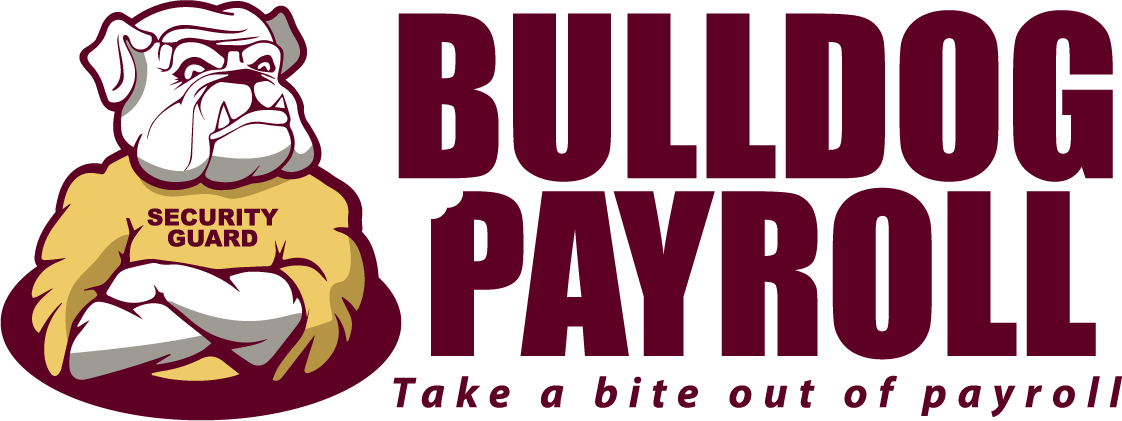Year-End Payroll Checklist
Worried about tax? The end of the year is a busy time for businesses, and managing payroll is often at the top of the to-do list. From tax deadlines to employee vacation days, there's a lot to keep track of.
But don't worry, we've got you covered. Use this year-end payroll checklist to make sure you're on top of everything.
Read on for more information.
Taxes
No one likes paying taxes, but it's a necessary part of running a business. The first step is to make sure all your taxes are up to date. This includes federal, state, and local taxes.
If you're not sure what you owe, you can use an online tax calculator or speak to an accountant.
Once you know how much you owe, you'll need to make a payment plan. You can do this online or by mailing a check to the IRS. Be sure to include your business tax ID number on all payments.
Paying taxes may not be fun, but it's an important part of being a responsible business owner. By staying on top of your
tax obligations, you can avoid penalties and keep your business running smoothly.
What Is Year-End Payroll?
Year-end payroll refers to the final payroll processed in a calendar year. This final payroll typically includes any vacation pay or bonuses that employees have earned throughout the year.
Year-end payroll also generally coincides with tax season, which means that employers must withhold the appropriate amount of taxes from their employee's paychecks.
In addition, employers must also provide their employees with a W-2 form, which details the employee's earnings and taxes for the year. Once year-end payroll is processed, employers can begin preparing for the new year.
This typically includes creating budgets, hiring new staff, and making changes to company policies. By taking care of these things in advance, employers can ensure that they can start the new year off on the right foot.
What Payroll Forms and Reports Do I Need for Year-End Payroll?
As the end of the year approaches, it's important to make sure that you have all the forms and reports you need for payroll. First, you'll need a W-2 form for each employee.
This form will report their total earnings for the year, as well as any taxes withheld. Next, you'll need to prepare a W-3 form, which is a summary of all the W-2 forms you've issued.
Finally, you'll need to prepare a 941 form, which is a quarterly report of your payroll taxes.
By making sure you have all the necessary forms and reports, you can ensure that your year-end payroll will be accurate and compliant with the law.
Is payroll a thorn in your side? Let us handle all the stress related to payroll so you don't have to...
When Do You Have to Complete Year-End Payroll?
For most businesses, the end of the year is a busy time. In addition to preparing for the holiday rush, businesses must also complete their year-end payroll.
For many businesses, this includes sending out W-2 forms and issuing 1099s to contractors. The deadline for sending out W-2s is January 31, and the deadline for issuing 1099s is February 28.
However, businesses that use an automated payroll system may have different deadlines.
For businesses that are unsure of when they need to complete their year-end payroll, it is best to consult with their payroll provider or accountant.
By doing so, businesses can ensure that their employees and contractors are paid on time and that all necessary forms are filed promptly.
Year-End Payroll Checklist
As the year comes to a close, it's important to take care of some key payroll tasks to ensure that your business is prepared for the new year. Here's a
checklist of items to take care of:
Update Your Payroll Software
Make sure you're using the latest version of your payroll software, and that all tax tables and other information are up to date.
Review Employee Records
Take a look at your employee records to make sure they're up to date and accurate. This is especially important if you've had any staff turnover during the year.
Check Your Withholdings
Make sure you're withholding the correct amount of taxes from your employees' paychecks. You can use the IRS's withholding calculator to help you determine the right amount.
Process Year-End Forms
There are a few forms that need to be processed at the end of the year, such as W-2s and 1099s. Make sure you have everything you need to complete these forms accurately and on time.
You must understand that there is an element of risk if you are doing the payroll yourself so having a checklist is essential to make sure you stay compliant.
By taking care of these items, you'll be able to start the new year off on the right foot when it comes to payroll.
New Hires
Be sure to collect all the necessary information from new employees, such as their social security number and date of birth. You'll also need to calculate their first paycheck and set up withholdings for taxes.
Once you have all the information you need, you can add them to your payroll system and start running their paychecks.
You should also update your employee handbook with any changes to the vacation policy for the new year. This will ensure that everyone is on the same page and there are no surprises come January 1st.
By following this checklist, you can be sure that your payroll is in order and that your new employees are taken care of.
But, if you want to know more about filing your payroll taxes go here.
Now You’re Prepared for Tax Time
By following a year-end payroll checklist, you can make managing payroll at the end of the year a breeze. With a little planning, you can ensure that your business is compliant with all applicable laws and regulations.
Additionally, you’ll be able to focus on more important things, like growing your business and serving your customers.
Make sure to check out our blog for more helpful articles like this as you prepare for the New Year.
Are you looking for more payroll processing information? Check out our Ultimate Guide to Payroll Processing.
Is payroll a thorn in your side? Let us handle all the stress related to payroll so you don't have to...










